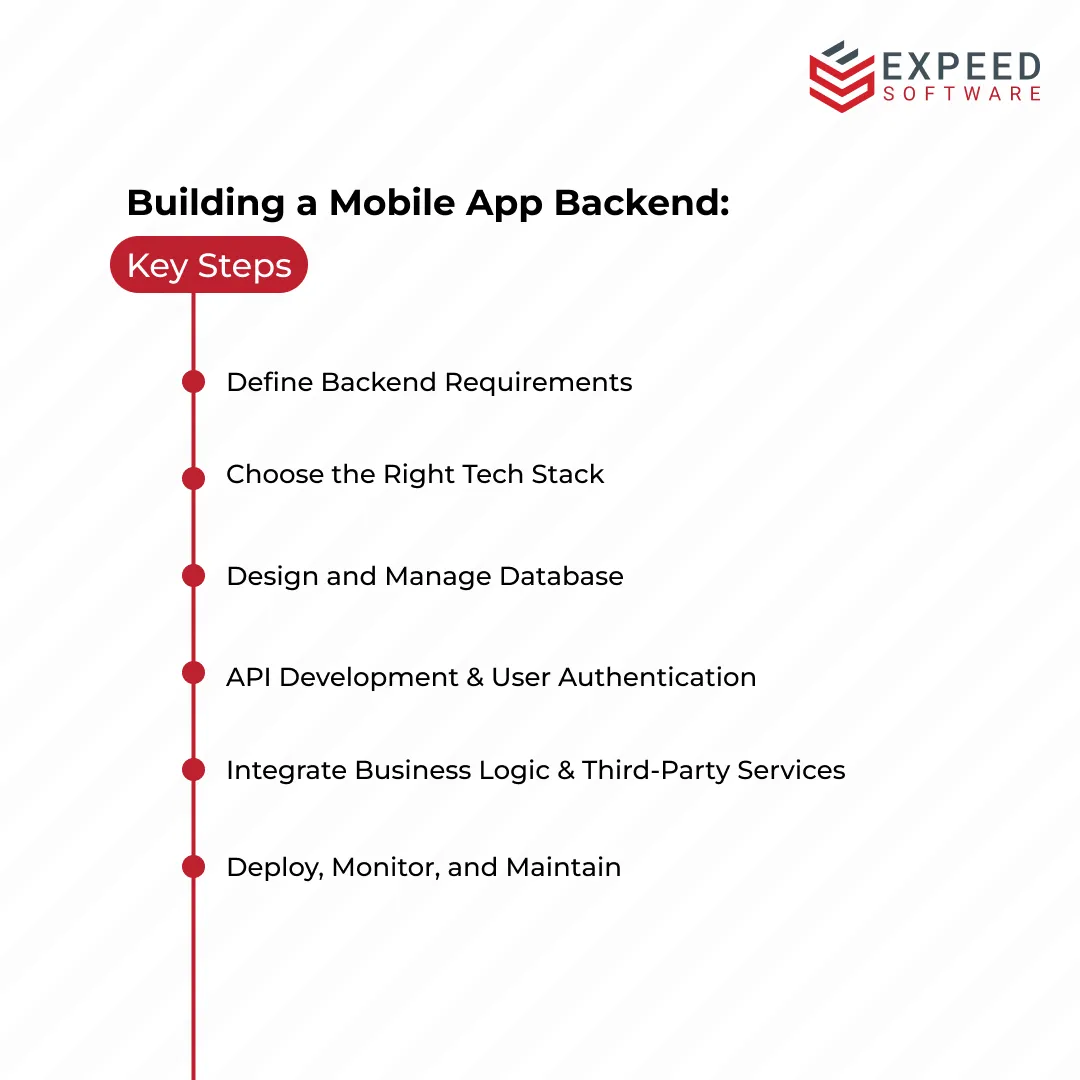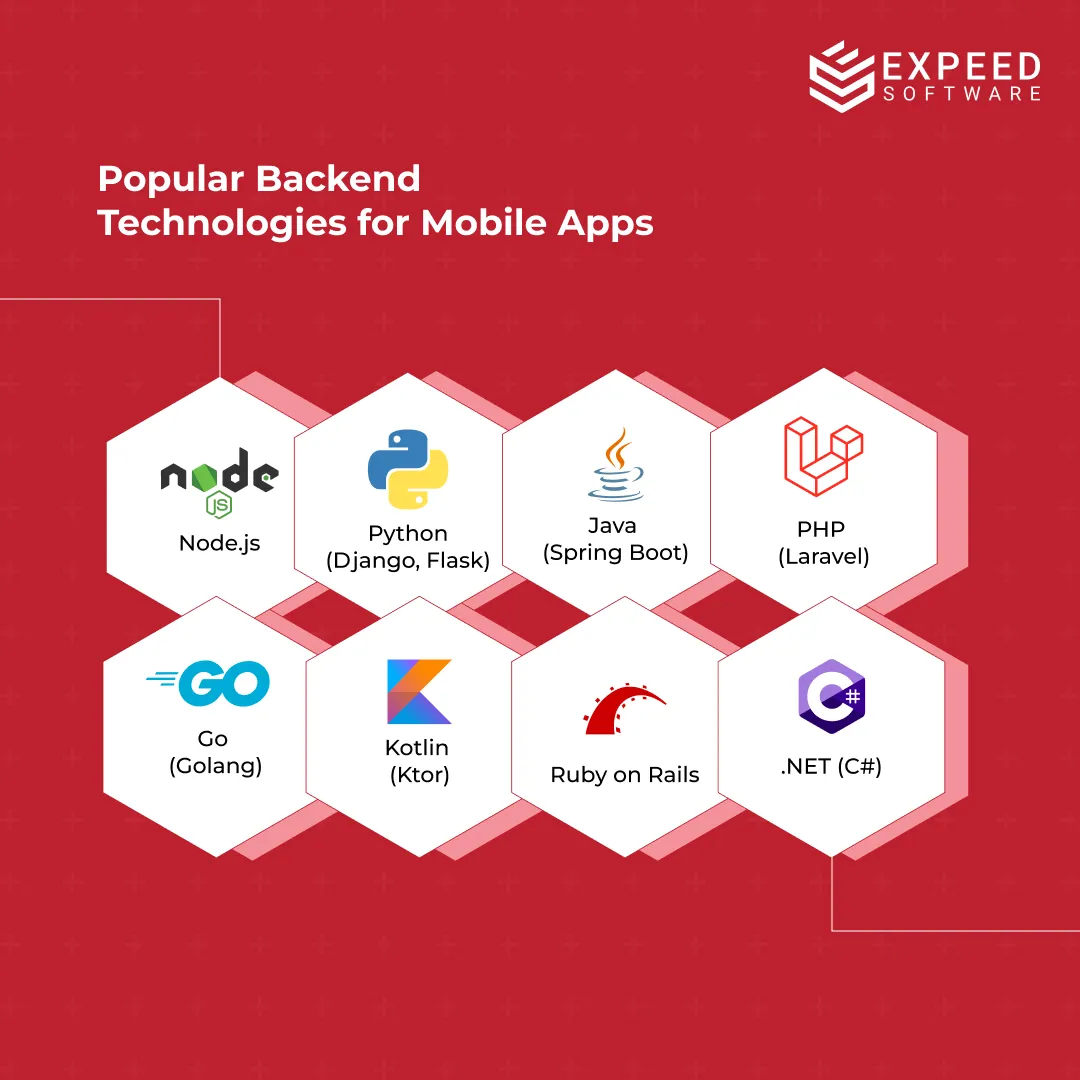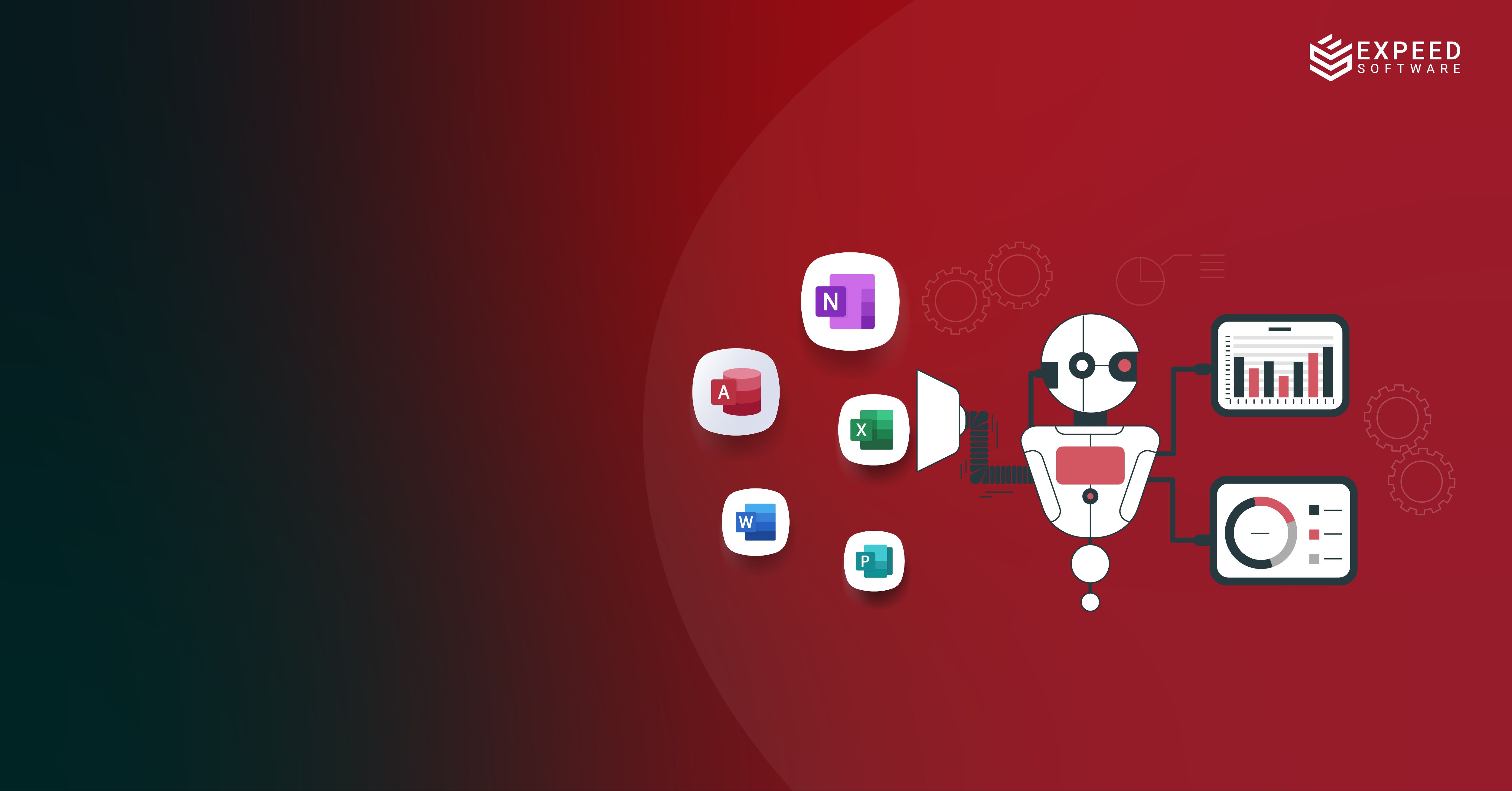A successful mobile app happens when both its frontend (what the user sees) and the backend (the behind-the-scenes engine) works seamlessly. The real magic happens when this chemistry works out resulting in a smooth and engaging experience for the user. While the sleek design of the app and its aesthetics is what finally steals the show, the actual unsung hero of mobile app development is the backend. They are a major reason behind the exceptional experience that the users enjoy on the frontend.
Developing the backend of mobile apps are usually gritty and complex and often involves more work than developing the frontend. Most users usually tend to overlook all the backend efforts that happens behind the scenes – their focus is more on the app’s visuals and features. However, the sophisticated infrastructure of the backend is responsible for all these wow factors.
Like an iceberg, the backend is mostly hidden beneath the waters even though it is the foundation for everything that the users enjoy. Without it, the frontend wouldn’t shine. Through this blog let’s unveil the efforts involved in building the backend of a mobile app.
Steps involved in developing the backend of a mobile app

Developing the backend of a mobile app is all about the efforts involved in getting to the frontend. It is a rigorous, highly technical and iterative process designed to ensure users receive a seamless experience. It is all about shaping up the mobile app to what is finally seen by the naked eye. Here are few of the key stages involved in this process:-
Defining Backend Requirements: The Heart of your Mobile App
This is the first and primary step in developing the backend of mobile applications. Here, we need to identify the core features required for the app to function which includes user authentication, data storage and third-party integrations. Also, it is here that we need to define how the backend of mobile applications and its frontend will interact with each other.
Pick the right technology stack
Picking the right technology stack is crucial as this will finally decide the quality of the mobile app. Choose the right programming languages, frameworks, and tools for the backend development of the mobile app based on its needs and requirements. Popular technologies like Node.js, Python (with Django), Ruby on Rails, and Java (with Spring Boot) are used for the backend development of mobile apps.
Designing and Managing the Database
This is a structured way of storing, retrieving, and managing data that the mobile application will use. Here, developers have two options: SQL databases, such as MySQL or PostgreSQL, for clear and structured relationships between data. NoSQL databases, such as MongoDB or Firebase, for flexibility in case of unstructured data. Once a choice has been made, work should be carried out on how the data will be organized, set up connections between disparate data points, and ensure everything remains accurate and secure. A well-designed database is all about creating a solid framework which ultimately leads to a seamless user experience.
Setting up Server Architecture
Setting up server architecture is crucial to developing the backend of mobile apps. This provides the necessary foundation for hosting and data management. The server can either be a on prem one or a cloud service like AWS, Azure, or Google Cloud to handle the necessary needs. The architecture can be monolithic or microservices-based, depending on scalability requirements. Finalizing on how data is stored as well as served to clients is essential for ensuring seamless mobile app performance and scalability as it grows.
API Development
APIs behave like connectors that send and receive messages between the mobile app and the server. This is yet another key step in the backend development of mobile apps. Developers typically use REST or GraphQL for this purpose. These APIs take all requests from the app and return relevant responses, mostly in JSON format. It also ensures that the communication between the app and the server is smooth and secure. Through proper encryption, all the exchanged data is protected.
Application of User Authentication
Once the APIs are set up, the next step is to implement user authentication. In the case of developing the backend process of mobile apps, this is identified as the app’s security gatekeeper and is considered the most essential. This is done by implementing one or more authentication mechanisms. OAuth, and JWT are common for mobile apps while session-based authentication is more common in web apps. Expeed boasts of an in-house user authentication tool called ApptorID that is built on OAuth 2.0. It can be used for mobile backend development to validate as well as authenticate all new users onboarded into any system integrated with ApptorID.
Implementing Business Logic
Business logic is the core functionality that enables the mobile app to perform specific tasks. This includes everything from implementing the necessary logic for core app functionalities, such as payment processing, user preferences, and notifications. It is here that the app’s core features come to life. This ensures providing the workflow for interactions with users and any background processes.
Integrating Third-party services
After implementing the necessary business logic, it is time to integrate the backend of the mobile app with any necessary third-party services. These may include tools such as payment gateways, geolocation and/or social logins. Properly integrating and aligning them to the backend of the mobile app ensures smooth communication between the app and the external third-party services. Proper handling of API calls to those services, as well as their responses, is critical to maintaining performance, security, and reliability.
Testing
Now, it’s time to get your app tested. Several tools are available for this purpose. Tools like Postman can test APIs, unit testing frameworks can ensure that each function is perfect and works well, and load-testing tools can handle all the heavy traffic that the site will receive. This way, testing helps identify any existing issues early itself such that the backend runs smoothly under any conditions.
Install security measures
Security measures need to be installed to ensure that user information as well as other sensitive data is safe and secure. All sensitive and crucial user data like passwords and payment details need to be encrypted so that it is safe from any kind of threats and attacks. Best practices, such as defence against SQL injection and cross-site scripting (XSS) attacks, must be employed. By securing the backend in this manner, user data will be protected, and the app will stay resistant to vulnerabilities.
Deploy and Monitor
Now, it’s time for deployment. In case of mobile apps, this involves the following two key step:
Server-Side Deployment
This involves deploying the backend of the mobile application that depends on the client’s requirement or the type of application that is being used. The backend can be deployed either on cloud platforms such as AWS or Azure. It can even be deployed on the company’s on-prem servers. The application then can be monitored for performance, uptime, and error logs through the use of software such as New Relic or Grafana.
App Store Deployment
Now that the backend is live, the application is deployed to the app stores. This can be either to the Apple App Store if the app is built for iOS or deployment to the Google Play Store if the app was built for Android. Preparing the app for the app store includes adding descriptions, screenshots, and even icons. It also involves setting up accounts and following specific guidelines for each platform. Once submitted and accepted, the application will be accessible to the users to download and install.
Upgrades and Maintenance
Now that the backend is up and running and it is time to ensure its ongoing upgrades and maintenance. It should be continuously monitored for bugs, release updates for new features, and apply security patches as and when needed. Tracking tools can detect issues, while security updates and performance optimizations can keep the backend stable. This way of regular monitoring and maintenance can keep the app secure, scalable and responsive to the emerging needs of the users’.
Most used technologies for backend development in mobile apps

Choosing the right technology for developing the mobile app’s backend is critical to its success and popularity. Although we are flooded with choices, understanding what the app really needs to make things work will help in shortlisting the right technology. Each of the available technology is unique and caters to the individual needs of the apps from database management to user authentication. So, a little bit of research will go a long way in choosing the best. Below, we’ll explore some of the popular backend technologies that can help power your mobile application and be sure to work well in today’s competitive digital landscape.
Node.js
This is one of those technologies that is scalable in nature and can handle concurrent requests efficiently. It is a highly popular choice for mobiles apps that handles any real-time application such as messaging and collaboration tools due to its non-blocking architecture.
Python (Django, Flask)
It is really simple-to-use, highly flexible, can be easily read and has a huge community support. Its popular frameworks are Django and Flask. Django works well for larger apps that needs to be developed quickly and Flask allows for customisation and is ideal for smaller applications.
Ruby on Rails
This framework mostly focusses on convention over configuration which makes developing backend application quite easy and faster than the rest. It is widely used in startups.
Java (Spring Boot)
This is a perfect choice for developing enterprise-level mobile applications, especially when paired with the Spring Boot framework. It simplifies and accelerates microservices architecture. This approach provides scalability, reliability, and flexibility, all critical characteristics of complex backend systems.
PHP (Laravel)
The use of PHP, especially with Laravel, is a popular choice for the backend development of both mobile and web applications. This is right for projects that work on small budgets. Laravel’s simplicity and built-in features makes it easy to build reliable applications without ever compromising on quality.
Go (Golang)
Go is known for its speed and efficiency and is highly recommended for use in backend systems of apps with high levels of activity. These include streaming and gaming applications that works by performing multiple tasks at a go. Thus, Go is best fit for applications that rely on real-time interactions.
.NET (C#)
It still is one of the most popular frameworks for developing the backend in enterprise environments, particularly when working with Windows-based systems. Recognized for their versatility, strong security, and seamless integration with other Microsoft services, .NET is truly well-suited to scalable enterprise solutions.
Kotlin (Ktor)
Even though Kotlin is mainly used in the context of Android app development, it’s also gaining recognition rapidly in the field of backend services through the use of frameworks such as Ktor. This powerful combination enables developers to quickly create RESTful APIs, showcasing the versatility of Kotlin in its application beyond mobile apps. Backend development is efficient and fun if practiced with concise syntax and modern features.
Wrapping Up!
Finally, we can conclude that it is the back-end developers who are the go-to guys for creating and maintaining the site’s data processing and action systems. They are specialists that work with the code, databases, frameworks, APIs and hosting.
Expeed has the experts with the expertise in developing the backend of any mobile application. We have scores of satisfied clients who have been happy with our exceptional backend development works and they continue to associate with us in other capacities too. Some of them have even recommended us to their associates and others who have been on the look-out for similar services.
Are you an enterprise or startup looking out for mobile app development services? Check us out. We are eager to help you out!

Expeed Software is a global software company specializing in application development, data analytics, digital transformation services, and user experience solutions. As an organization, we have worked with some of the largest companies in the world, helping them build custom software products, automate processes, drive digital transformation, and become more data-driven enterprises. Our focus is on delivering products and solutions that enhance efficiency, reduce costs, and offer scalability.


